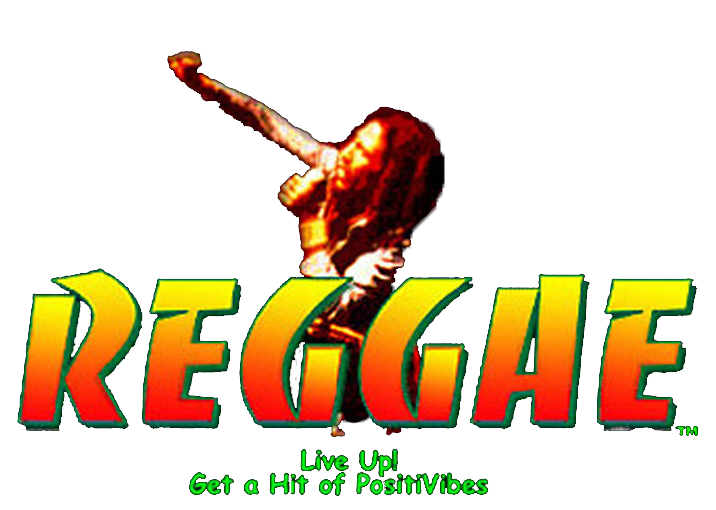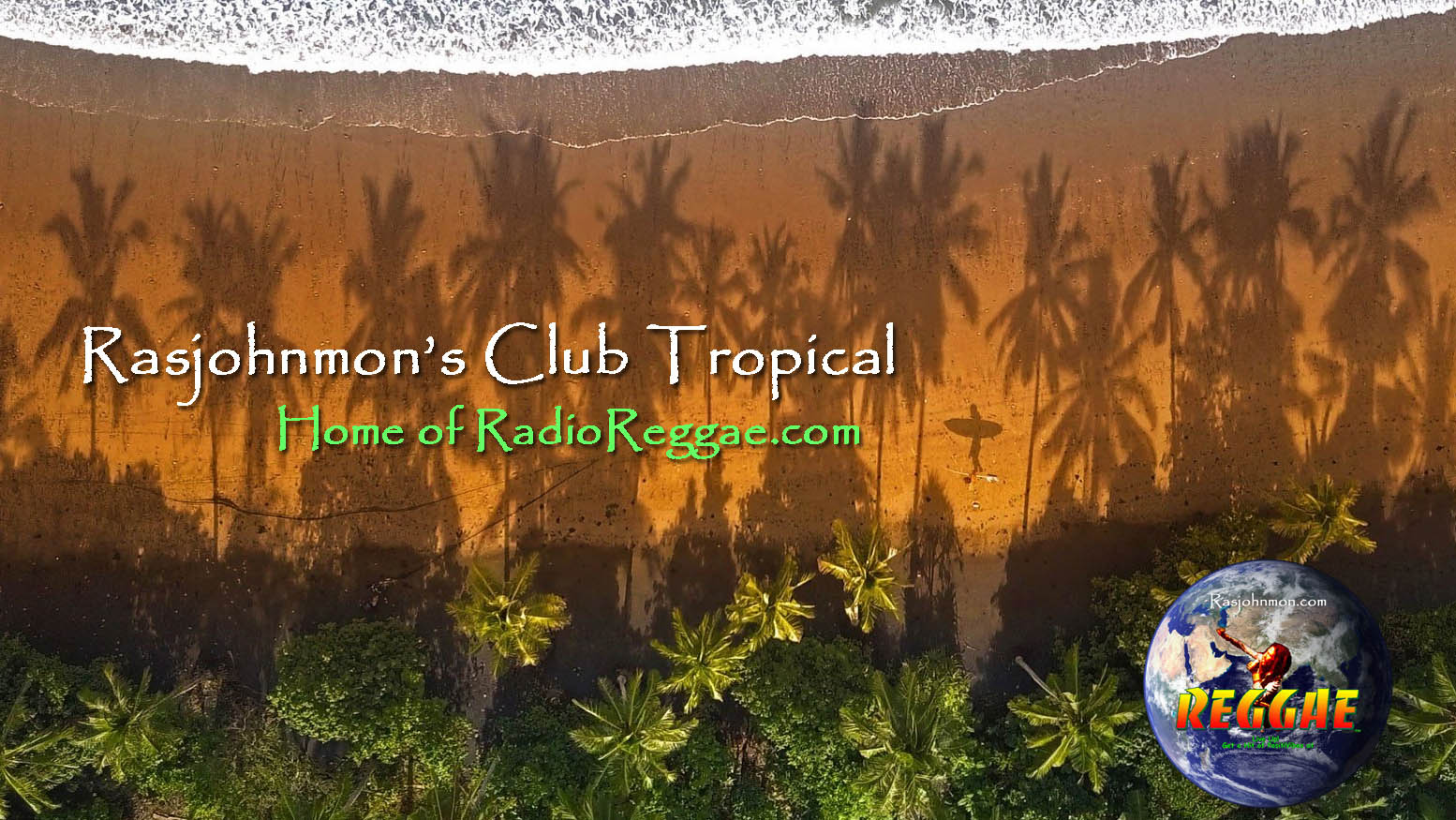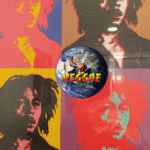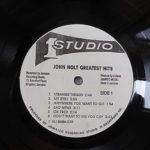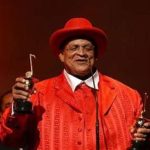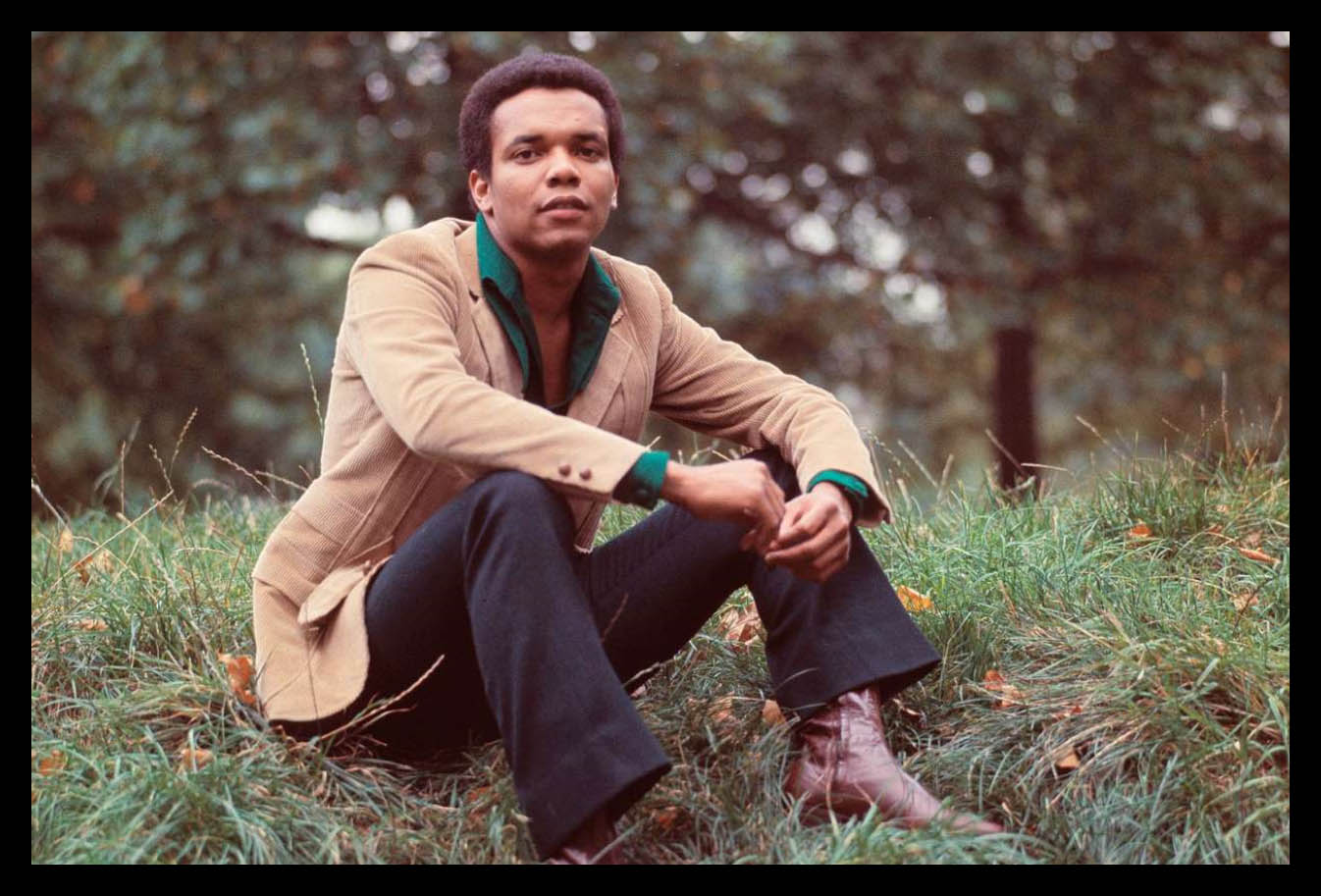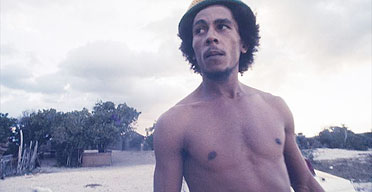
August 21, 2015
Robert Nesta Marley Story

Robert Nesta Marley was born February 6, 1945 in rural St. Ann’s Parish, Jamaica; the son of a middle-aged white, British military officer father and a local teenaged black mother. Bob had little exposure to his father but got loving care from his mother Cedella and his Grandfather who was known as an obeah man… a kind of shaman or medicine man who had considerable influence on the young Bob. At age 14, he left home to pursue a music career in Kingston, becoming a pupil of local singer and devout Rastafarian Joe Higgs.
He began recording in 1962, debuting on a ska-tempoed song called “Judge Not”. Looking back, it seems very fitting that the song’s lyrics were firmly routed in a moral and social dimension. He formed a vocal trio with some childhood friends, Neville “Bunny” Livingston (later Bunny Wailer) and Peter McIntosh (later Peter Tosh). They took the name the Wailers because they were ghetto sufferers who’d been born “wailing.” As practicing Rastas, they grew their hair in dreadlocks and smoked ganja, believing it to be a sacred herb that brought enlightenment.
1973’s Catch a Fire, the Wailers’ Island debut, was the first of their albums released outside of Jamaica, and immediately earned worldwide acclaim; the follow-up, Burnin’, launched the track “I Shot the Sheriff, ” a Top Ten hit for Eric Clapton in 1974. With the Wailers poised for stardom, however, both Bunny Livingstone and Peter Tosh quit the group to pursue solo careers; Bob then brought in the I-Threes, which in addition to Rita Marley consisted of singers Marcia Griffiths and Judy Mowatt. The new line-up proceeded to tour the world prior to releasing their 1975 breakthrough album Natty Dread, scoring their first UK Top 40 hit with the classic “No Woman, No Cry.” Sellout shows at the London Lyceum, where Marley played to racially-mixed crowds, yielded the superb Live! later that year, and with the success of 1976’s Rastaman Vibration, which hit the Top Ten in the U.S., it became increasingly clear that his music had carved its own niche within the pop mainstream.
Bob Marley’s musical impact and spiritual message spreads around the globe and continues to expand. In his homeland of Jamaica he is a National Hero and the government that is often very tough on the youth and the rastas and even feared the power of Marley, have honored his life and works with two Jamaican postage stamps. Not only was Marley a key figure in maintaining peace in his homeland at several crucial times during his life, he also has been as important as the country’s largest banks and corporations in supporting Jamaica’s position in the world economic community. Robert Nesta Marley’s life and works continue to spread the joy of the riddum and life, the message of inity and overstanding and a continually blossoming prosperity.
 Marley family photo – Bob, Rita, Sharon (oldest), Cedella (3 yrs younger than Sharon), David (ZIGGY) (a year younger than Cedella), and, in the baby carriage is Steven (6 years younger than Ziggy).
Marley family photo – Bob, Rita, Sharon (oldest), Cedella (3 yrs younger than Sharon), David (ZIGGY) (a year younger than Cedella), and, in the baby carriage is Steven (6 years younger than Ziggy).
Bob Marley unites JA at the One Love Concert, April 22, 1978 in Kingston, Jamaica

So influential a cultural icon had Marley become on his home island by mid-decade that Time magazine exclaimed, “He rivals the government as a political force.” On December 3, 1976, Marley was scheduled to give a free “Smile Jamaica” concert, aimed at reducing tensions between warring political factions. A couple of days before the show, he and his entourage were attacked by gunman. Wounded but not killed, Marley electrified a crowd of 80,000 people when he took the stage that night – a gesture of survival that only heightened his legend. Two years later he symbolically united the nation by bringing the rival political party leaders together on stage at the One Love Concert with Marley, Jacob Miller, Peter Tosh and more…
 Bob and Cindy Breakspeare at the Essex House, NYC
Bob and Cindy Breakspeare at the Essex House, NYC
1980 loomed as Marley’s biggest year yet, kicked off by a concert in the newly-liberated Zimbabwe; a tour of the U.S. was announced, but while jogging in New York’s Central Park he collapsed, and it was discovered he suffered from cancer which had spread to his brain, lungs and liver. Uprising was the final album released in Marley’s lifetime — he died May 11, 1981 at age 36.
At the state funeral there were readings from the Bible by Jamaica’s Governor General, and by Michael Manley, the Leader of the Opposition Party. Edward Seaga, the Prime Minister, eulogized The Honorable Robert Nesta Marley.
The Wailers, with the I-Threes backing them up on vocals, performed some of Bob’s songs. The Melody Makers, a group consisting of four of Bob and Rita Marley’s children, led by their eldest son Ziggy, also performed in his honor. His mother, Mrs. Cedella Booker, sang “Coming In From the Cold”, one of the last songs Bob wrote.
Bob Marley and the Wailers – Catch A Fire This documentary, Bob Marley and the Wailers: Catch a Fire, returns to Dynamic Studios in Kingston, Jamaica, shedding light on the development of the album, the thought process of Bob, Peter, and Bunny, and the importance of the music on a song-by-song basis. The story of Catch a Fire is presented through interviews with the band members, studio musicians, and former head of Island Records Chris Blackwell. Throughout are raw studio rehearsal footage, BBC TV footage, and home movies that include performances of “Concrete Jungle,” “Slave Driver,” “Stir It Up,” and “Stop That Train.” The documentary wraps up with rare black-and-white footage of the Wailers’ tour in Edmonton, London, in 1973 with an electrifying performance of the Burnin’ song “Get Up, Stand Up.”

Old pirates yes they rob I
Sold I to the merchant ships
Minutes after they took I from the
Bottomless pit
But my hand was made strong
By the hand of the almighty
We forward in this generation triumphantly
All I ever had is songs of freedom
Won’t you help to sing these songs of freedom
“Cause all I ever had redemption songs,
redemption songs
Emancipate yourselves from mental slavery
None but ourselves can free our minds
Have no fear for atomic energy
“Cause none a them can stop the time
How long shall they kill our prophets
While we stand aside and look
Some say it’s just a part of it
We’ve got to fulfill the book
Won’t you help to sing another song of freedom
‘Cause all I ever had, redemption songs
All I ever had, redemption songs
These songs of freedom, songs of freedom.
by Robert Nesta Marley
Listen to song from final concert 09-23-1980
A song that says so much about Bob and his music, it was one of the last songs he was ever to play in concert… after an amazing show at NYC’s Madison Square Garden, he had collapsed while jogging in Central Park the next morning. Rita Marley and some of the band had wanted to stop the tour but Bob wanted to continue… none the less, the next show on September 23, 1980 would be Bob’s final concert. It took place at the Stanley Theater, Pittsburg, Pa., USA – the recording of “Redemption Song” from that night can be heard on the “Songs of Freedom” Box Set
Nine Mile, situated high in the mountains of Jamaica, is located in the midst of a vast magical and beautiful part of the island that remains greatly untouched by the modern world and the thriving tourist industry of the island. It is a small village in the parish of St. Ann. Nine Mile was his birthplace and this small house (pictured below) is the final resting place of the Honorable Robert Nesta Marley.

